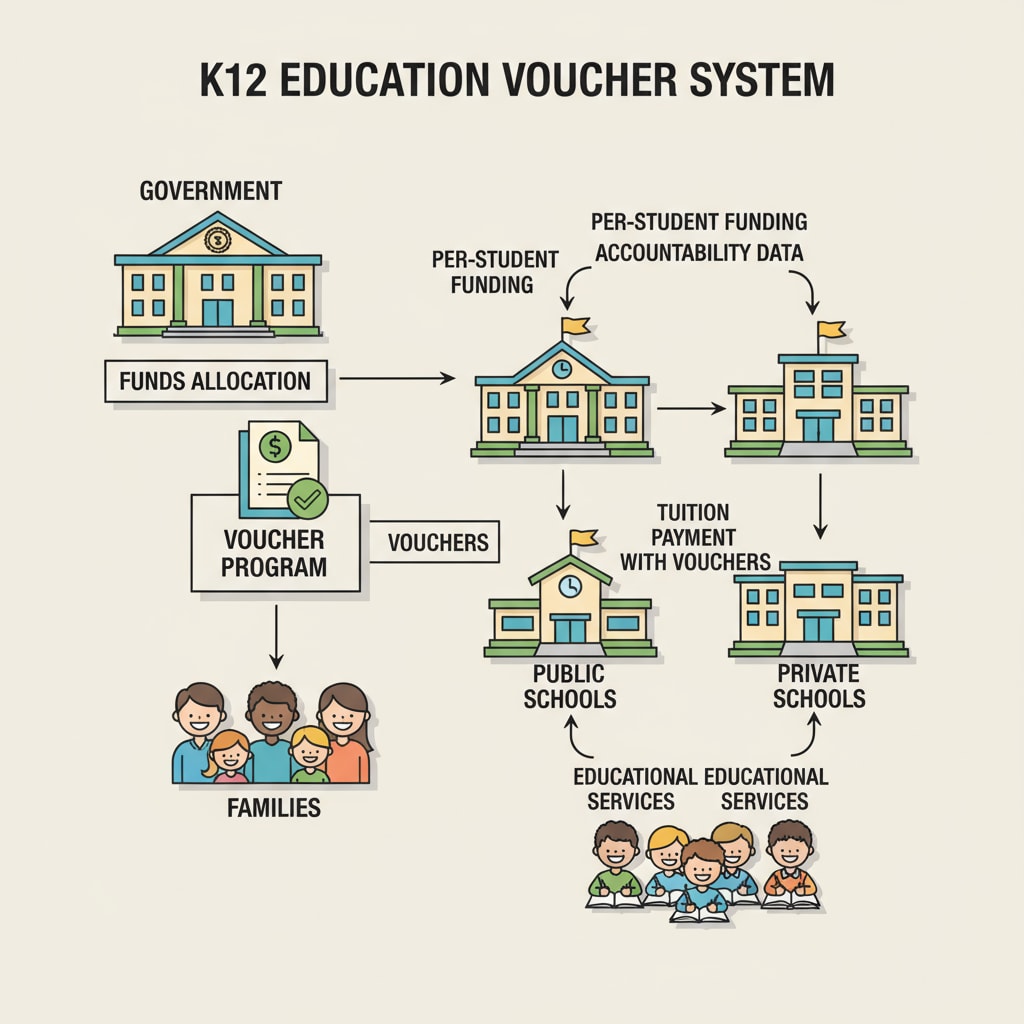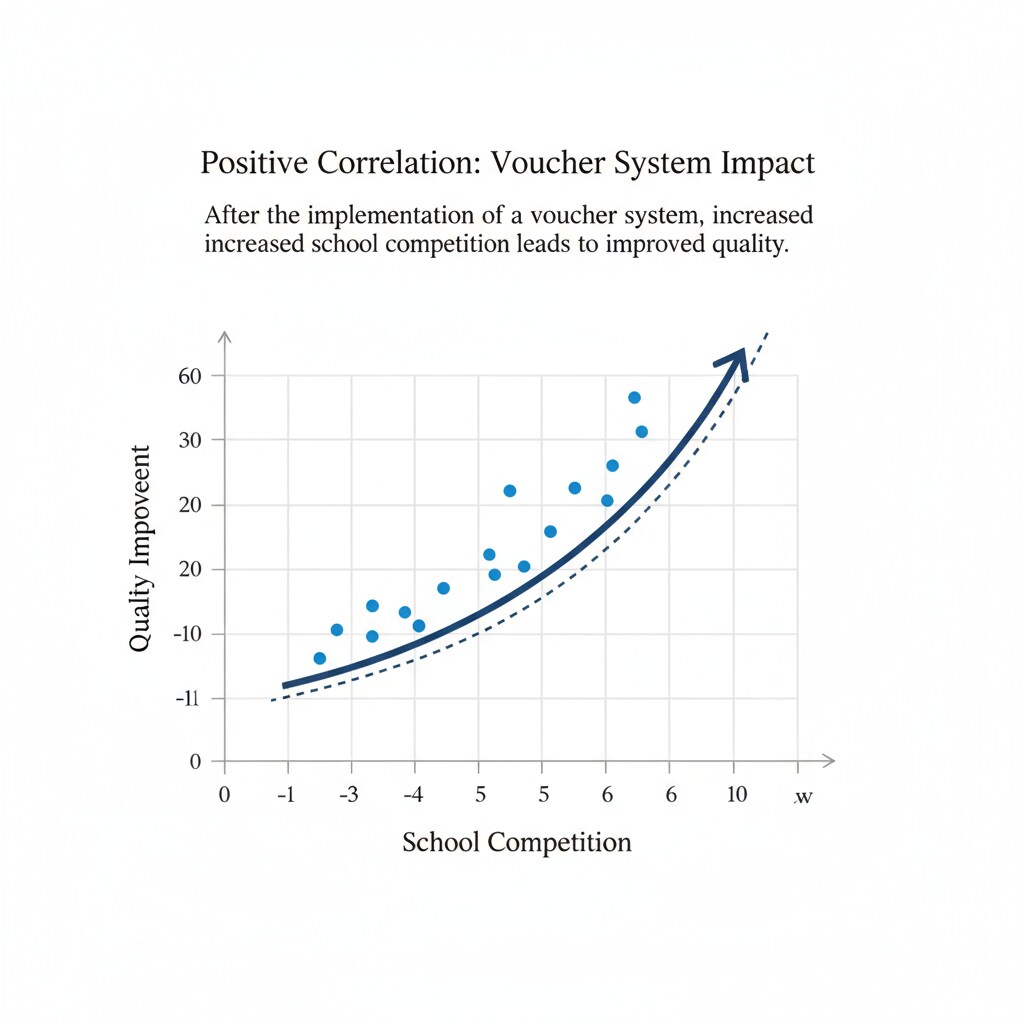Education reform, voucher system, and school choice are hot topics in the field of education today. In the context of K12 education, a market-based reform proposal aims to revolutionize the traditional educational model. This reform focuses on a voucher system that could potentially reshape the entire K12 education landscape.
The Concept of the Voucher System
The voucher system is a market-oriented approach to education. In simple terms, it provides families with vouchers, which can be seen as a form of educational currency. These vouchers represent a certain amount of educational funding. Instead of the government directly funding schools in the traditional way, it gives these vouchers to families. Families then have the freedom to choose the schools they believe are most suitable for their children, using these vouchers to pay for tuition. For example, if a family receives a voucher worth $5,000, they can use it at a school of their choice. This system empowers families with the right of school choice, putting pressure on schools to improve their quality to attract more students. Education voucher on Wikipedia

The Impact on School Competition
One of the most significant impacts of this reform is the increased competition among schools. With the voucher system in place, schools will no longer receive a fixed amount of funding regardless of their performance. Instead, they need to attract more students to get more resources. This incentivizes schools to enhance their teaching quality, update teaching methods, and improve facilities. For instance, a school might invest in modern laboratories or hire more experienced teachers to make itself more appealing. As a result, students will benefit from a higher quality education. Schools will also strive to offer more diverse courses and extracurricular activities to meet the different needs of students. Education voucher on Britannica

However, this reform also brings some potential challenges. One of the main concerns is the risk of increased educational inequality. Families with higher incomes may be able to supplement the voucher amount with their own money to send their children to more expensive and better-performing schools. On the other hand, low-income families may be restricted by the voucher amount and have limited choices. To address this issue, the government may need to introduce additional measures, such as providing extra subsidies for low-income families or setting a cap on the tuition that schools can charge above the voucher amount.
In conclusion, the market-based voucher system in K12 education has the potential to create a more dynamic and responsive educational ecosystem. By giving families the power of school choice, it promotes competition among schools and drives quality improvement. However, careful consideration and appropriate regulatory measures are needed to ensure that educational inequality does not widen. Education reform, voucher system, and school choice are complex issues that require continuous exploration and improvement to achieve the goal of providing high-quality education for all students.
Readability guidance: The content is presented in short paragraphs and lists to summarize key points. Each H2 section provides a list of related ideas. The proportion of passive voice and long sentences is controlled, and transition words are added throughout the text for better flow.


